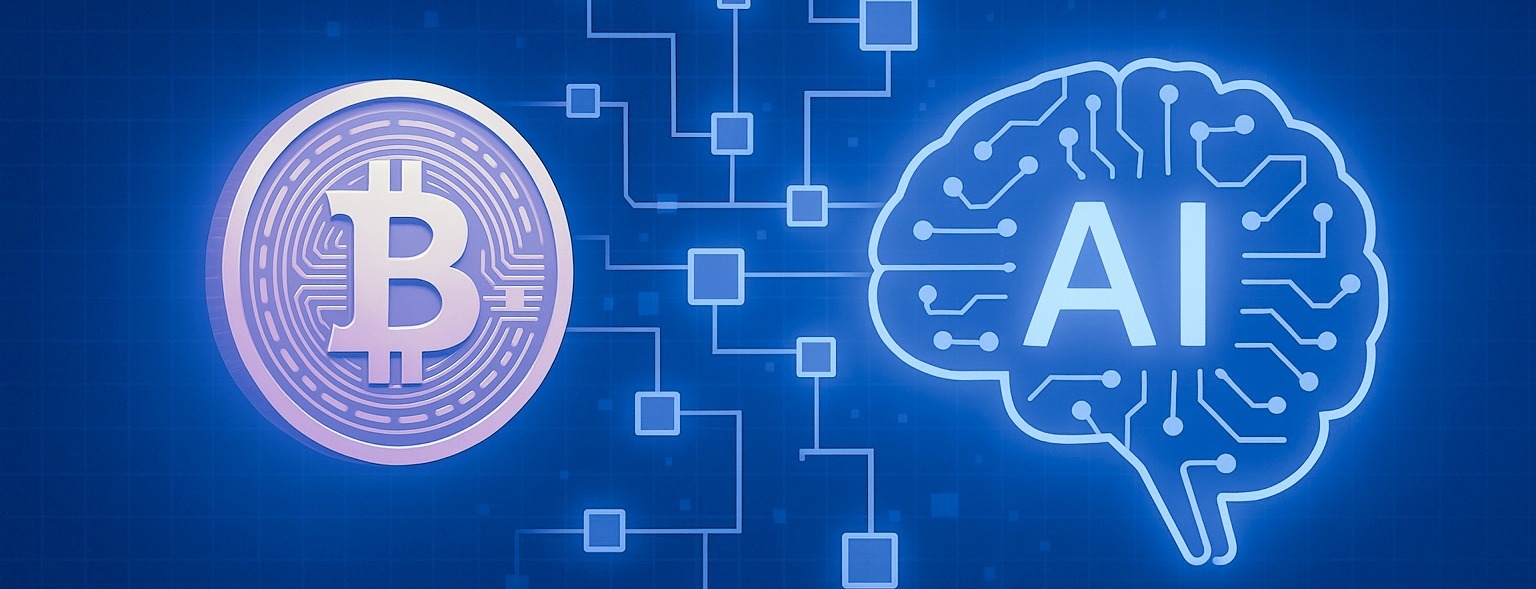
People often think of cryptocurrencies as just one big entity that includes numerous cryptocurrencies like Bitcoin that compete with each other for popularity. However, this is not the case, because in reality it is possible to divide cryptocurrencies into three different categories.
Blockchain and cryptocurrencies
Cryptocurrencies are a digital form of property based on decentralized blockchain technology. In short, blockchain technology refers to technology that allows different parties to create and maintain different decentralized databases. Today, blockchains offer people numerous different benefits, the most important of which are trust and security. One of the main goals of blockchain technology is to solve the problems faced by traditional centralized databases. Transactions stored in the blockchain cannot be faked, and their security is guaranteed by distributing the data stored in them to numerous different servers, i.e. nodes. For example, tens of thousands of different nodes around the world are responsible for maintaining the Bitcoin blockchain. Thanks to this, Bitcoin can be considered the world's largest distributed computing project at the moment.
Today, various blockchains are used versatilely for numerous different purposes. Today, various cryptocurrencies are one of the most popular innovations utilizing blockchain technology. Also in the case of cryptocurrencies, the use of the blockchain may vary greatly depending on the cryptocurrency. Some cryptocurrencies can have their own blockchain, others can offer other cryptocurrencies their own blockchain as a platform, and some cryptocurrencies can use the blockchain-based platform offered to them by another cryptocurrency.
Although cryptocurrencies are often spoken of as currencies, most of the cryptocurrencies on the market today cannot actually be considered as such. Cryptocurrencies are often thought of as one big entity. In practice, however, this is not the case, as it is possible to divide cryptocurrencies into different categories according to their intended use. These categories of cryptocurrencies include currencies, platforms, and tokens.
Currencies
The currency category of cryptocurrencies includes cryptocurrencies whose main purpose is to act as a store of value and a medium of exchange. The currency category of cryptocurrencies includes two larger subcategories, which are traditional cryptocurrencies and stablecoins.
The biggest cryptocurrency in the currency category is naturally Bitcoin. Bitcoin was also the first cryptocurrency on the market and at the same time also the first application that utilized blockchain technology in its own operations. Bitcoin's well-known and long history are certainly partly the reason why many people imagine that all cryptocurrencies are similar to Bitcoin in terms of their purpose of use. In addition to Bitcoin, other well-known cryptocurrencies in the currency category are, for example, Litecoin and Dogecoin, which is also known as a meme coin.
Cryptocurrencies called stablecoins also bring their own addition to the currency category, whose main task is to keep their value as stable as possible in all possible situations. In most cases, this means keeping the exchange rate of the cryptocurrency as close as possible to the exchange rate of a traditional fiat currency, such as the euro or the dollar. Stablecoins can be roughly divided into three different groups. The distribution basis for stablecoins is the way in which the value of the currency in question is guaranteed. These groups include stablecoins based on traditional fiat currencies, precious metals, or any other commodity of value, stablecoins based on cryptocurrencies, and stablecoins based on algorithms.
Many people often consider all cryptocurrencies to be digital mediums of exchange in the currency category of cryptocurrencies. However, this is not the whole truth, because the cryptocurrency market also contains two other large sub-entities, which differ in their characteristics from the cryptocurrencies of the currency category. These categories are Platforms and Tokens, more on that next.
Platforms
Whereas traditional cryptocurrencies in the currency category can be considered as digital means of exchange, cryptocurrencies in the platform category are seen to be entire ecosystems. What most platforms have in common is that they aim to enable the building of decentralized applications and thus eliminate the need for various third parties.
When talking about platforms, one cannot ignore Ethereum, which is by far the largest and most famous project in this category. Ethereum is a platform with its own decentralized blockchain that allows people to build various decentralized applications (dApps), smart contracts and even their own cryptocurrencies. Something about Ethereum's popularity is also indicated by the fact that, measured by market value, Ethereum is the second largest cryptocurrency in the entire cryptocurrency market, right after Bitcoin. Although Ethereum is often raised in the media as a competitor to Bitcoin, it is not actually this. Ethereum and Bitcoin are as different as night and day in their features and purpose, so the two can be seen as complementing each other rather than competing with each other.
Cryptocurrencies in the platform category play a big role today in terms of the development of the entire cryptocurrency market. Most of the most significant innovations on the market are built on top of an already existing platform. In this case, applications built on top of these platforms can take advantage of the security and other technical features provided by an existing blockchain for their users. This, in turn, lowers the threshold for application developers to start building various decentralized applications on top of the blockchain.
Cryptocurrency Tokens
The third and definitely the largest category of cryptocurrencies are tokens created on top of various smart contract platforms, such as Ethereum. The large number of different tokens is explained by the fact that anyone can create their own token in a relatively quick time frame. Despite the large number of tokens, this category contains many of the most promising projects in the cryptocurrency market.
Cryptocurrencies belonging to the token category of cryptocurrencies are united by the fact that, unlike the previous categories, they do not have their own blockchain. Tokens work on top of the previously mentioned platform category, allowing them to take advantage of the security and technical solutions offered by these in their own operations. It is possible to roughly divide tokens into two different categories, which are governance tokens and utility tokens. As its name suggests, the administrative token gives the right to participate in the administration of the cryptocurrency project in question. A utility token, on the other hand, is a cryptocurrency that is designed to implement a predefined task or, alternatively, it can also entitle access to a specific service.
The cryptocurrency token category includes, for example, tokens of various DeFi services and other decentralized applications, own tokens of various cryptocurrency exchanges, and NFTs. At the time of writing the article, Northcrypto offers its customers the following cryptocurrencies of the token category: Aave, Chainlink and ApeCoin.
Summary
People often think of cryptocurrencies as one entity that includes numerous cryptocurrencies like Bitcoin. In reality, however, it is possible to roughly divide cryptocurrencies into three different categories, which are currencies, platforms and tokens. These categories include several different cryptocurrencies that aim to provide solutions to many different real-world problems. Identifying the different categories of cryptocurrencies is very important from an investor's point of view, as it helps the investor to get a better overall picture of the cryptocurrency market.
Mikko Soon
Head of Private Banking
Last updated: 21.06.2023 15:00





